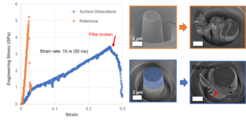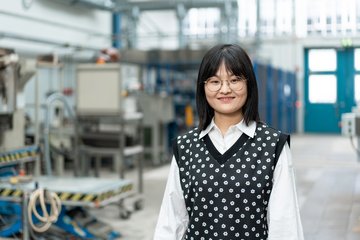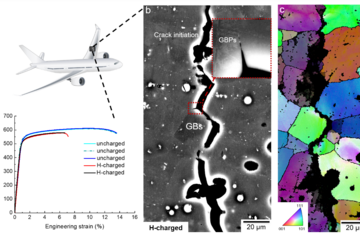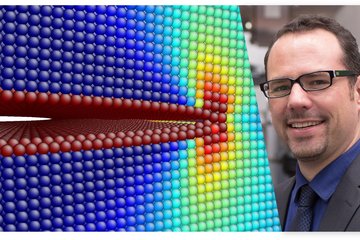Dynamic mechanical properties of functional ceramic oxides
Within this project, we will investigate the micromechanical properties of STO materials with low and higher content of dislocations at a wide range of strain rates (0.001/s-1000/s). Oxide ceramics have increasing importance as superconductors and their dislocation-based electrical functionalities that will affect these electrical properties. Hence it is fundamental to understand the deformation limits to introduce dislocations for both the fabrication process and in-use performance.
Most oxide ceramics are known to be brittle macroscopically at room temperature with little or no dislocation-mediated plasticity prior to crack propagation. The importance of studying deformation on oxide ceramics lies in its increasing importance for dislocation-tuned functionality such as superconductivity and electrical conductivity for next-generation functional devices. Understanding how dislocations behave in these materials is critical for the mechanical reliability of the materials and devices designed for utilizing these dislocation-tuned functionalities. Some ceramics as perovskite SrTiO3 and KNbO3 show dislocation mediated plastic deformation on the macroscale even at room temperature. However, the mechanical properties of these materials in the micro-/nanoscale at extreme (low/high) strain rates have not been studied yet. In this project, we aim to investigate the dynamic mechanical response of single-crystal SrTiO3, a model perovskite that has been used to fabricate functional devices, at a wide range of strain rates, i.e. from quasi-static (0.001/s) up to high strain rates (1000/s). The irreversible deformation of functional oxides at such high strain rates is critical to understand for the optimal selection of such materials, structural design and mechanical reliability at for instance high frequencies.













